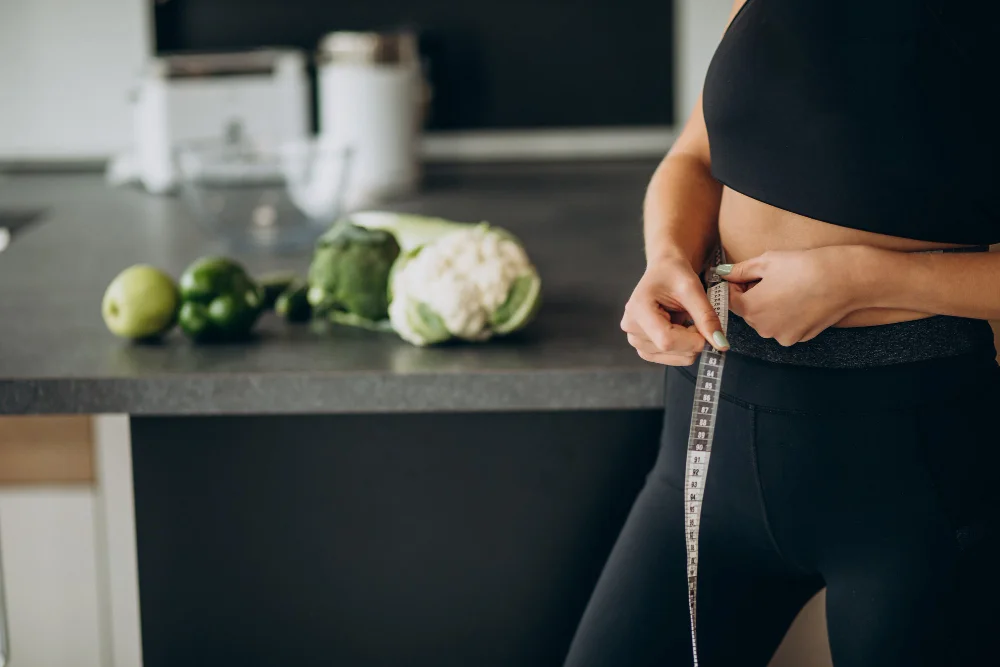A Breakfast Question We’ve All Asked
Have you ever stood in your kitchen, oat jar in one hand and a ripe banana in the other, wondering—can these two actually help me lose weight if I eat them together? I certainly have. Back in my early university days, when juggling long study hours with late-night snacking, my go-to meal was a quick bowl of oats topped with sliced bananas. It was easy, filling, and cheap. But only later did I begin to wonder—was this habit supporting my health goals or sabotaging them?
At Cure on Call, where we constantly balance patient needs with evidence-based nutrition advice, this is one of the most common questions we get from clients aiming for healthier weight management. Today, let’s break it down with science, practical insights, and real-world experiences.
Why Oats and Banana Make Sense Together
1. Satiety and Slow Energy Release
Oats are rich in complex carbohydrates and soluble fibre (beta-glucan). According to a study published in the Journal of Nutrition (2019), beta-glucan increases satiety and can reduce overall calorie intake throughout the day. Bananas, particularly when slightly underripe, offer resistant starch—a type of fibre that slows digestion and helps regulate blood sugar levels.
2. A Balanced Nutrient Profile
Together, oats and banana deliver a balance of carbs, fibre, potassium, magnesium, and vitamin B6. This makes the combo a powerful breakfast or snack option, especially when compared to ultra-processed alternatives like sugary cereals.
3. Natural Sweetness Without Added Sugar
Instead of reaching for artificial sweeteners or processed sugar, bananas add a natural sweetness to oats, making them more palatable without empty calories.
But Are There Downsides?
No food pairing is perfect, and oats with bananas have a few caveats worth mentioning:
- Portion Control Matters: A large banana and a heaped bowl of oats can quickly add up to 400–500 calories. For weight loss, calorie balance remains key.
- Glycaemic Load: Overripe bananas are higher in sugar and can spike blood glucose. For those managing insulin sensitivity, slightly green bananas are a better option.
- Missing Protein: While oats and bananas cover fibre and carbs, they’re not particularly high in protein. For sustained weight loss, adding a protein source is beneficial.
Making Oats and Banana Work for Weight Loss
Here are strategies we often recommend to clients:
1. Add Protein for Balance
Stir in a spoonful of Greek yoghurt, nut butter, or protein powder. Research from The American Journal of Clinical Nutrition shows that higher protein breakfasts improve satiety and support lean muscle retention during weight loss.
2. Watch Your Banana Ripeness
If you’re aiming for better blood sugar control, go for bananas that are just turning yellow with a hint of green. These contain more resistant starch, which behaves like fibre.
3. Play with Portion Sizes
Half a banana with half a cup of oats can often be more effective than going for the full portion—especially if you’re having other meals and snacks throughout the day.
4. Spice It Up
Add cinnamon or nutmeg. Not only do these add flavour, but cinnamon may also have a mild effect on blood sugar regulation.
A Real-World Example: My Morning Bowl
When I tested different variations, I found the following recipe to be both satisfying and supportive of my weight goals:
- ½ cup rolled oats cooked in water
- ½ medium banana, sliced
- 1 tablespoon chia seeds
- A dollop of Greek yoghurt
- Sprinkle of cinnamon
This bowl came to around 280–300 calories, with 10g protein, 7g fibre, and slow-release carbs—a far better option than the sugar-heavy cereal I used to grab on busy mornings.
Expert Insight
Dr Sarah Ahmed, a clinical nutritionist we collaborate with at Cure on Call, often explains it this way:
“Oats and bananas aren’t magic for weight loss. But when eaten mindfully, in the right portions, and paired with protein, they make an excellent, sustainable choice. The key is not just the food itself, but the context—your activity level, your total daily intake, and your long-term consistency.”
FAQs
1. Can I eat oats and banana every day?
Yes, but keep portions in check and vary your toppings to ensure you’re not missing out on other nutrients.
2. Is it better to eat oats and banana for breakfast or dinner?
Breakfast works best for most people, as the fibre and carbs provide lasting energy. At dinner, lighter, protein-rich meals might be more beneficial.
3. Are instant oats with banana good for weight loss?
Instant oats are more processed and have a higher glycaemic index. Rolled or steel-cut oats are better options.
4. Can I eat bananas if I’m diabetic and trying to lose weight?
Yes, but opt for less ripe bananas and keep portion sizes small. Pairing them with oats and protein can help slow sugar absorption.
5. What can I add instead of bananas?
Berries, apples, or pears make excellent swaps. They’re lower in sugar and packed with antioxidants.
Related:Chicken Noodle Soup Diet: Comfort, Health, and Science Behind the Bowl
Final Takeaway
So, can you eat them together for weight loss? Absolutely—but with mindful adjustments. Oats give you fibre and slow-release energy; bananas add sweetness, vitamins, and resistant starch. Together, they can be a filling, nutrient-dense meal that supports your goals if you pay attention to portion sizes and add protein for balance.
At Cure on Call, we believe in sustainable, simple choices that actually fit into your daily routine. Next time you reach for oats and banana, think about it as more than just breakfast—it’s a small step towards healthier, long-term habits.
Have you tried oats with banana as part of your weight-loss journey? Did it keep you fuller for longer or leave you hungry by mid-morning? Share your experience in the comments—we’d love to hear your take!
Read Also: Physical Therapy for Hip Injury: A Complete Guide by Cure on Call




